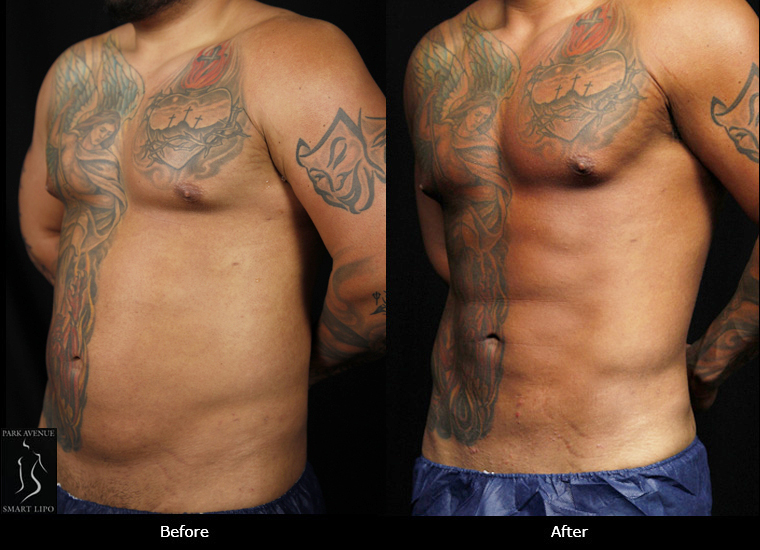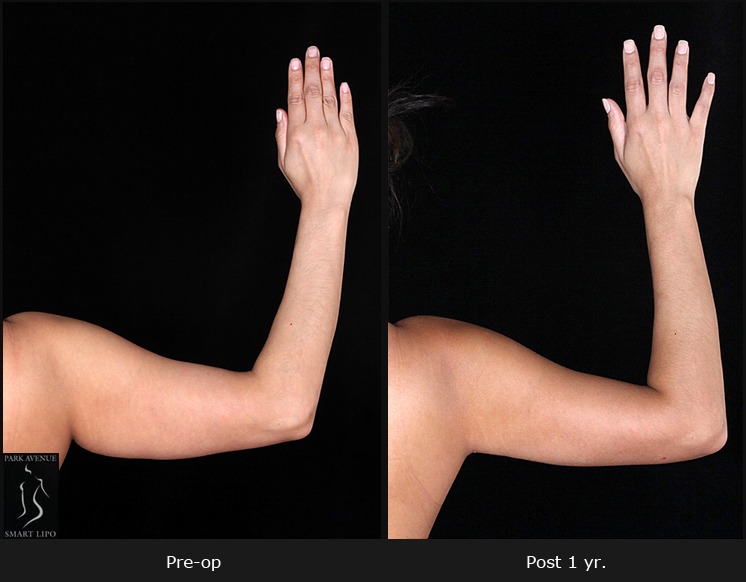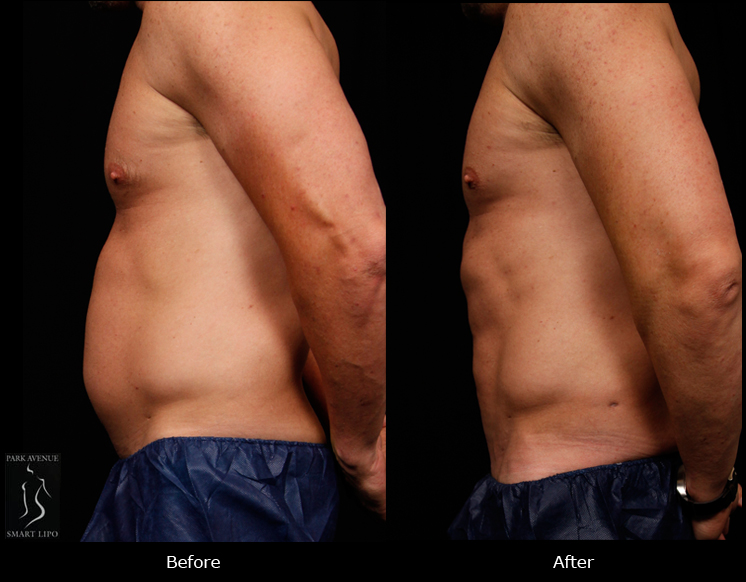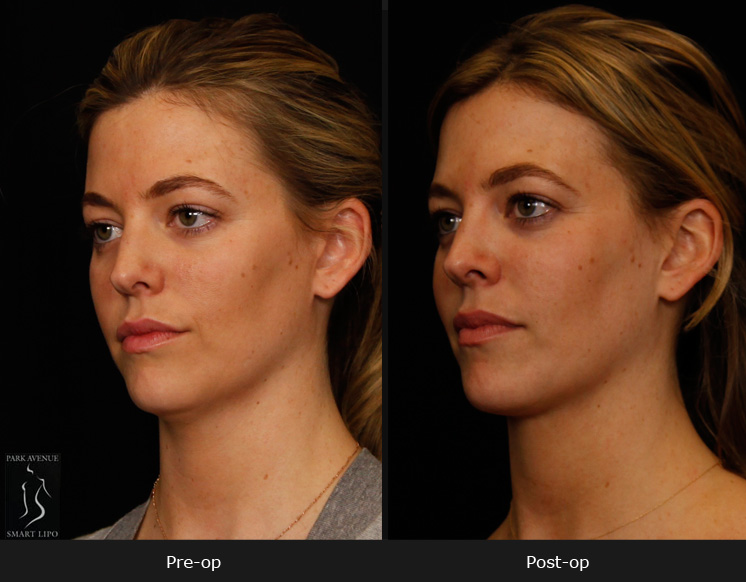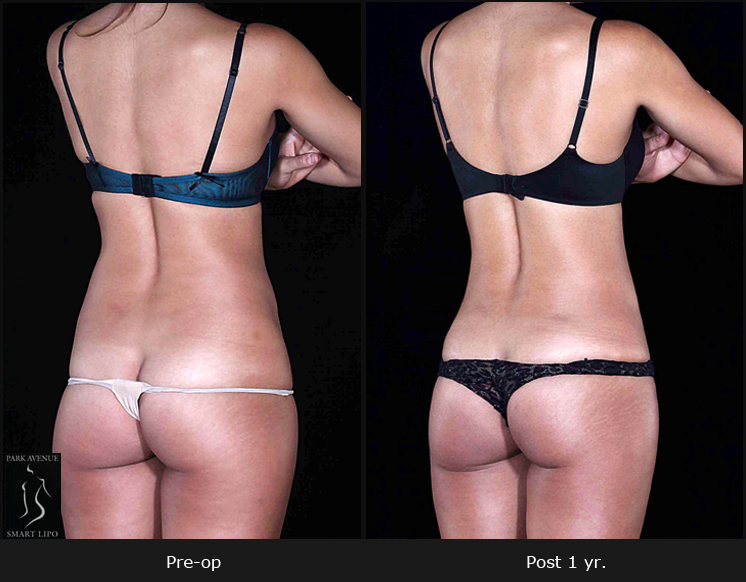The rising demand for body contouring procedures shows how concerned people are about their physical appearance. To some extent, diet and exercises can help you shape up, but those who are looking to achieve a slim, curved body are usually disappointed. It’s hard to get rid of those stubborn fat pockets even with strenuous exercise and diets. This has made liposuction a popular option for men and women. Liposuction in New York City is performed in reliable plastic surgery practices by plastic surgeons who are experts in the procedure. Many patients undergo liposuction and one common concern prospective patients have is how long the itching will last after the procedure.
Expert plastic surgeons say that itchiness after liposuction is absolutely normal, especially during the healing period, which is the first month or so. As the collagen starts reforming and restructuring itself during the second and third months, this sensation will gradually subside. Most of the time, the itching is due to the nerve fibers in the areas affected by liposuction that have been traumatized. Numbness in the treated areas can continue up to a year as it takes long for the nerves to heal. Surgeons often recommend using over-the-counter Benadryl cream as it’s reported to be very effective for itching or any other such discomfort.
Plastic surgeons also point out that every patient is unique; some might experience better results compared to others. Depending on the size and extent of the area treated, healing can take a bit longer. Not all surgeons use the same technique to perform the treatment and the duration varies with the technique used such as laser liposuction. Unlike traditional liposuction, laser liposuction can address small areas of stubborn fat that don’t respond to diet and exercises, and loose skin. FDA-approved Smartlipo Triplex liposuction offers optimal fat reduction and skin tightening with minimal downtime and risks.
Important features of Smartlipo are:
- The procedure is minimally invasive and requires only local anesthesia
- Effective skin tightening and contouring of delicate areas
- Reduced surgical trauma and minimal downtime
- Fast recovery and short treatment session
- Less bruising and bleeding
Smartlipo laser liposuction gives you a quicker healing time than the conventional procedure. Areas like flanks are more prone to swelling than other areas. While the downtime after the procedure can vary from patient to patient, the initial healing period can be a couple of days. Swelling can persist for several weeks; however, each patient heals at a different rate.
If you feel that the swelling is becoming worse then you should meet your plastic surgeon immediately to share your concerns and check for infection and seroma formation. What is most important is that patients must have realistic expectations about the outcomes of the procedure and follow the surgeon’s instructions regarding post-operative care for a smooth and safe recovery.
If you are considering Smartlipo in NYC, find a reliable plastic surgery facility that offers the service of expert plastic surgeons ready to answer all of your questions and give you a proper view about the procedure. Having the right guidance is very important with regard to Smartlipo liposuction as with any other surgical procedure. From such a facility, you can expect optimal outcome, individualized care, and dedicated follow-ups.

